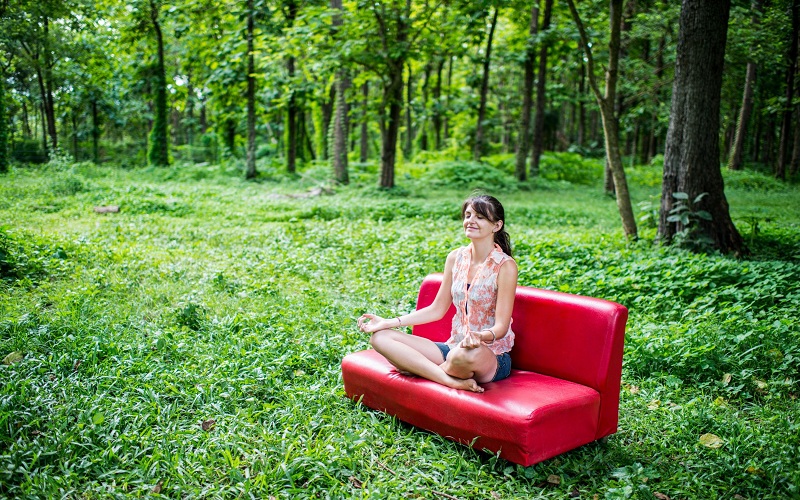Those who have stepped into nature to capture photographs will know that it seldom plays by the rules. Whether trying to focus on the moon, snap a fast-moving insect, or maintain the fidelity of a flower’s color, one’s understanding of the camera and supporting equipment is well-tested. Then, once these challenges have been overcome, there is the difficult task of finding a creative voice within the genre and elevating photographs above the many images taken and shared by others on a daily basis.
Why there is no shortcut to experience, there are several ways to improve your ability with nature photography and ensure that the hours of practice you put in are worthwhile. To show you how, we’re sharing six tips shared by experts in the field.
Work With The Sun
Artificial lighting holds light sway in the wild. While there are some circumstances where artificial lighting can be useful, even essential, such as with macro photography and night shooting, a great deal of image quality relies upon the sun when being captured in the wild. As such, photographers should begin by looking at the sky.
Different times of day, as well as different weather conditions, will produce dramatically different lighting. There is an optimum period known as the golden hour, which is ideal for nature photography and is the time whereby most will venture out if they haven’t already set up their equipment earlier on.
The Right Equipment
To a certain degree, any camera that you have with you at a choice moment is the right equipment. However, this simple maxim is limited, especially if you’re looking to make your photography stand out. Depending on what you are trying to capture, there are several fundamental considerations. Knowing the different applications of various lenses, such as telephoto and macro, is a great place to start and will eventually become crucial.
Different Perspectives
A great way to elevate your subject and artistic voice is to see nature from a different point of view. Many established photographers will seek to capture images in unique ways, such as by placing themselves beneath the water or atop hills. Adventure, in this respect, is part of the process.
Protect Your Gear
When pushing yourself to go further, there is a degree of risk. In addition to the safety of your own health, individuals should also consider taking care of their equipment. A significant consideration is the weather and those who spend time outdoors will know that sudden changes can mean a shift in risk. As such, photography gear should be contained in a robust backpack for adventures, one that is waterproof and secure.
Experiment With Focal Length
Focal length can dramatically change the meaning of a picture, changing magnification of an image and directing focus. If you are looking to capture a particular subject, such as an animal or plant, then be sure to play around with focal length because having it stand out from the background can sometimes be key.
Use Nature For Effect
Understanding and working with nature is what great photographers do best. Water, for example, can reflect light and aspects of a landscape, while trees and hedgerows can be used as lead-in lines to create interesting features for perspective.




